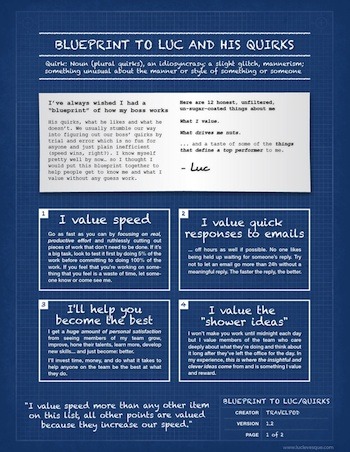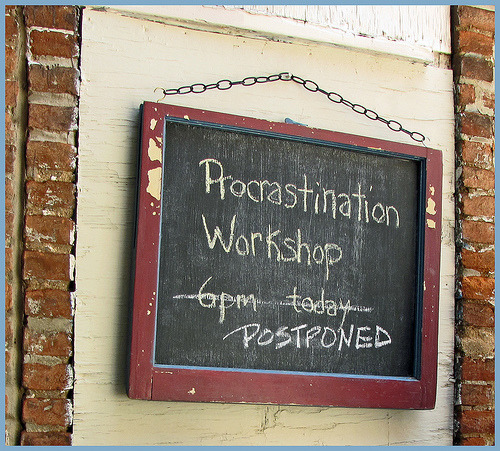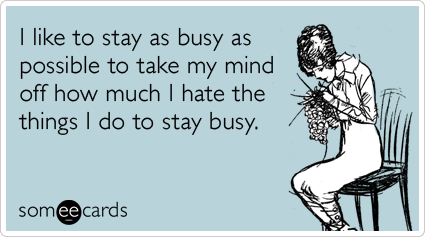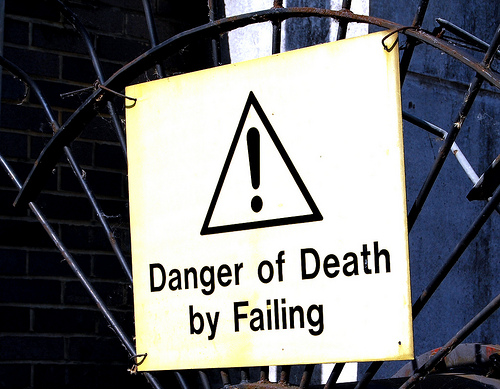
The way you listen is telling, a compass that points to the true focus of your attention. For good listeners, that needle points to the person talking. For bad listeners, that needle points to themselves.
The thing is that it’s really obvious. Great listening requires you to show that it’s happening, and that it’s happening sincerely. Much of that sincere communication comes down to lighting up to show “message received”. Instead, some people fall into a bad habit of putting on a show of listening, mumbling sounds of non-contextual agreement, or interrupting with “yes, but —”, or pretending to be attentive but mishearing everything.
Listening isn’t simply waiting for your turn to say something or show off your brilliance but engaging with what’s being said, building on it, reacting with thoughts and emotions, and showing that you understand or want to know more.
While the art of listening is touted in business, it’s rarely practiced. Bad listening is bad business, and here’s why:








